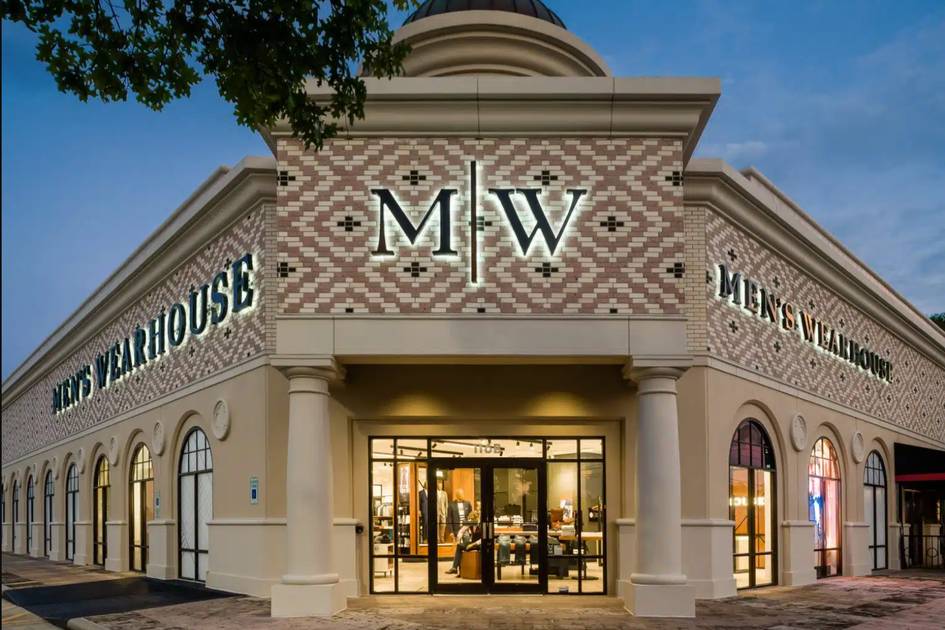Shoe prices to rise over 7% due to tariffs
Donald Trump signs decree imposing reciprocal tariffs Credits: Andrew Leyden / NurPhoto / NurPhoto via AFP Americans will face a significant increase in shoe prices following this week's newly announced import tariffs. For instance, a pair of shoes currently retailing at $100 may soon cost an estimated $107, as the added tariffs ripple through the supply chain. Last year alone, China and Vietnam exported a combined $18.5 billion worth of footwear to the United States—accounting for nearly 70% of all shoes imported into the country. Relocating didn’t prevent the hit Many footwear manufacturers saw the tariff hikes coming and had already begun shifting production to countries outside of China, hoping to sidestep the brunt of the new trade measures. However, the latest tariff list reveals that no major manufacturing country is exempt, casting a wider net over global shoe production. To understand the direct impact at the import stage, consider these rough calculations based on typical manufacturing costs (FOB - Free On Board, the cost before shipping and duties) and an average extra tariff rate of 38%: Low-end shoes: $10/pair (FOB) + 38% Tariff = $3.80 added cost per pair Mid-range shoes: $20/pair (FOB) + 38% Tariff = $7.60 added cost per pair High-end shoes: $40/pair (FOB) + 38% Tariff = $15.20 added cost per pair These figures represent the direct tariff cost added before shoes are shipped, distributed, and marked up for retail – where final prices can range from under $50 to over $500. Who will bear the cost? Tariffs act as a tax on imported goods, meaning US businesses importing shoes will initially absorb the cost. But whether or not that cost gets passed along to consumers is another story. Retailers and wholesalers may be locked into pre-negotiated contracts or may choose to absorb some of the extra cost themselves in order to stay competitive. The degree to which prices rise at the consumer level will depend on supply chain flexibility, brand strategy, and market sensitivity to price hikes.
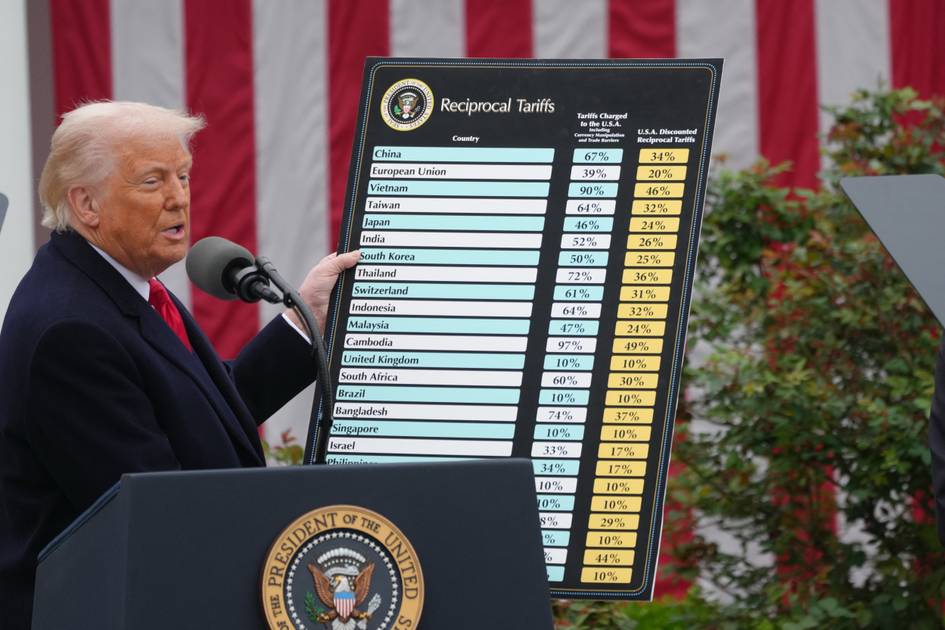
Americans will face a significant increase in shoe prices following this week's newly announced import tariffs. For instance, a pair of shoes currently retailing at $100 may soon cost an estimated $107, as the added tariffs ripple through the supply chain.
Last year alone, China and Vietnam exported a combined $18.5 billion worth of footwear to the United States—accounting for nearly 70% of all shoes imported into the country.
Relocating didn’t prevent the hit
Many footwear manufacturers saw the tariff hikes coming and had already begun shifting production to countries outside of China, hoping to sidestep the brunt of the new trade measures. However, the latest tariff list reveals that no major manufacturing country is exempt, casting a wider net over global shoe production.
To understand the direct impact at the import stage, consider these rough calculations based on typical manufacturing costs (FOB - Free On Board, the cost before shipping and duties) and an average extra tariff rate of 38%:
- Low-end shoes: $10/pair (FOB) + 38% Tariff = $3.80 added cost per pair
- Mid-range shoes: $20/pair (FOB) + 38% Tariff = $7.60 added cost per pair
- High-end shoes: $40/pair (FOB) + 38% Tariff = $15.20 added cost per pair
These figures represent the direct tariff cost added before shoes are shipped, distributed, and marked up for retail – where final prices can range from under $50 to over $500.
Who will bear the cost?
Tariffs act as a tax on imported goods, meaning US businesses importing shoes will initially absorb the cost. But whether or not that cost gets passed along to consumers is another story. Retailers and wholesalers may be locked into pre-negotiated contracts or may choose to absorb some of the extra cost themselves in order to stay competitive. The degree to which prices rise at the consumer level will depend on supply chain flexibility, brand strategy, and market sensitivity to price hikes.
























































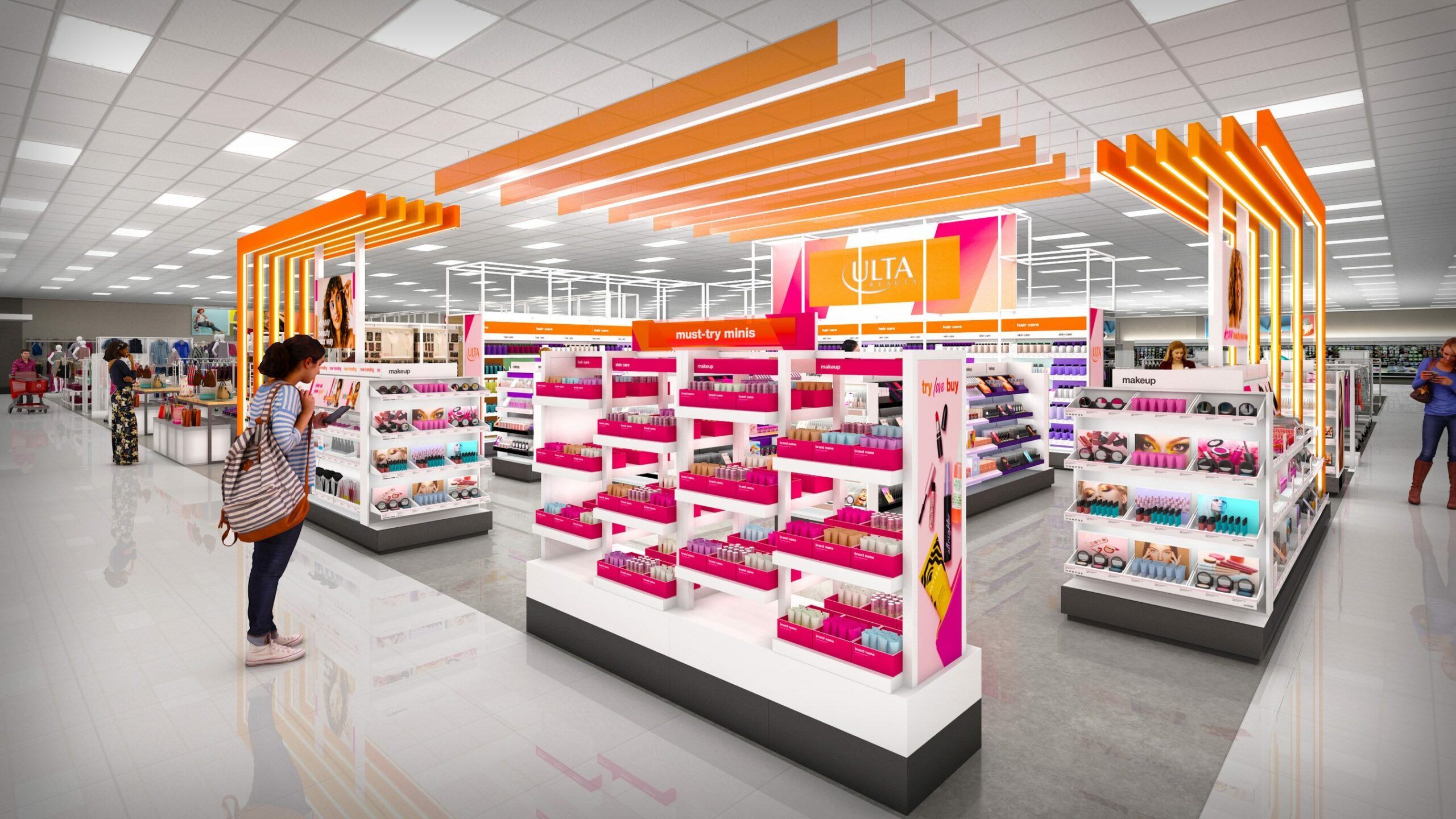









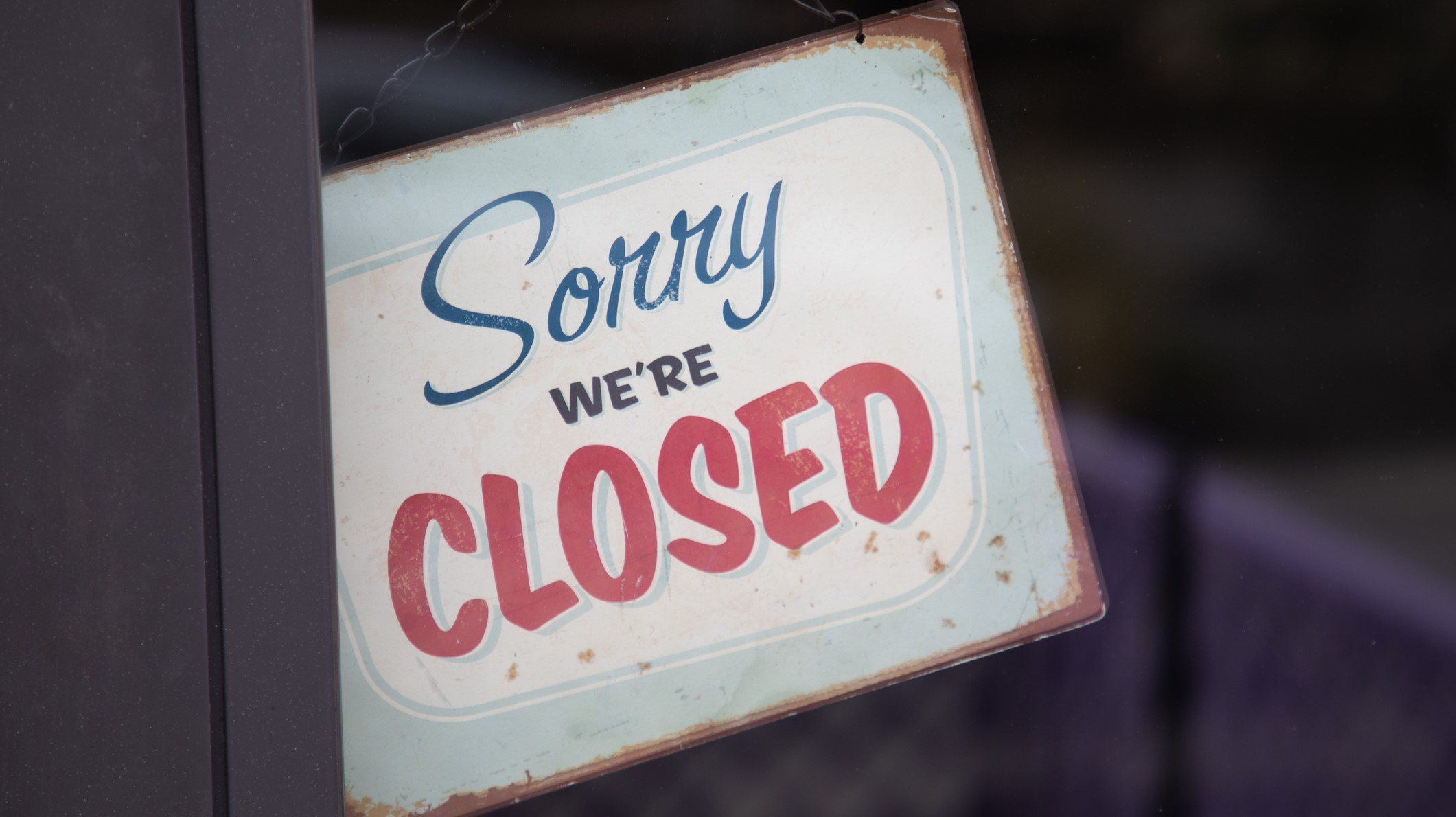








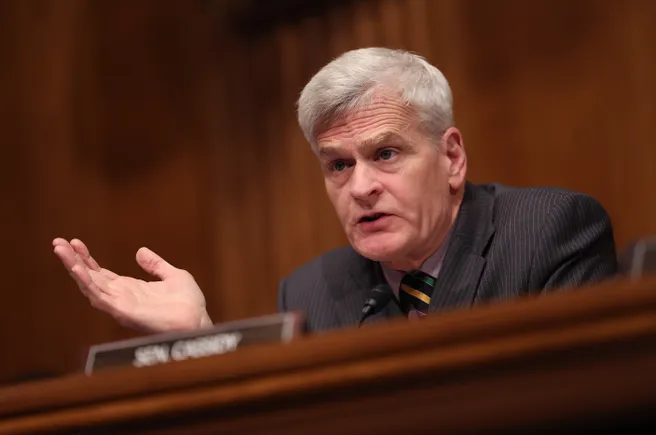
























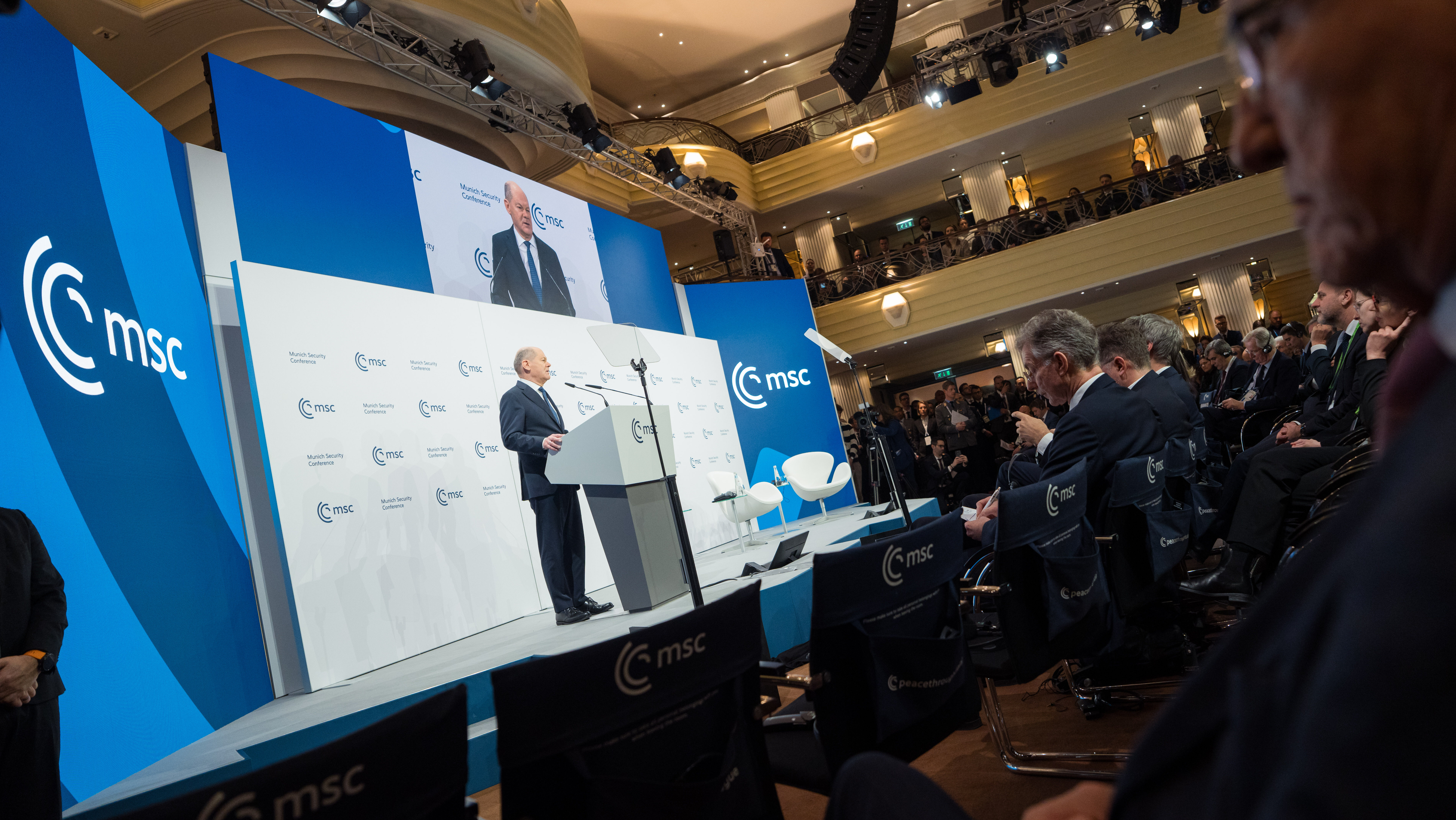

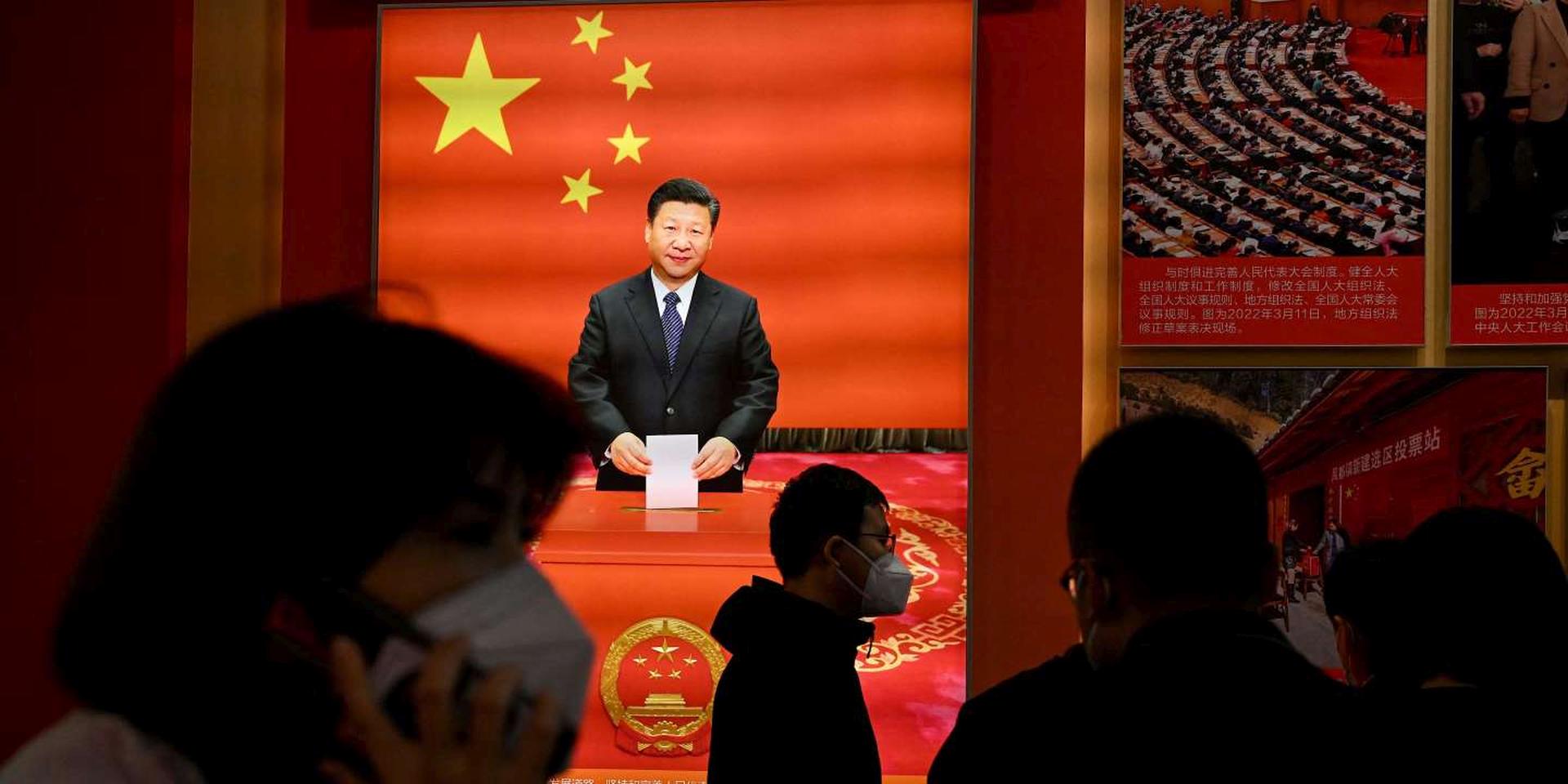








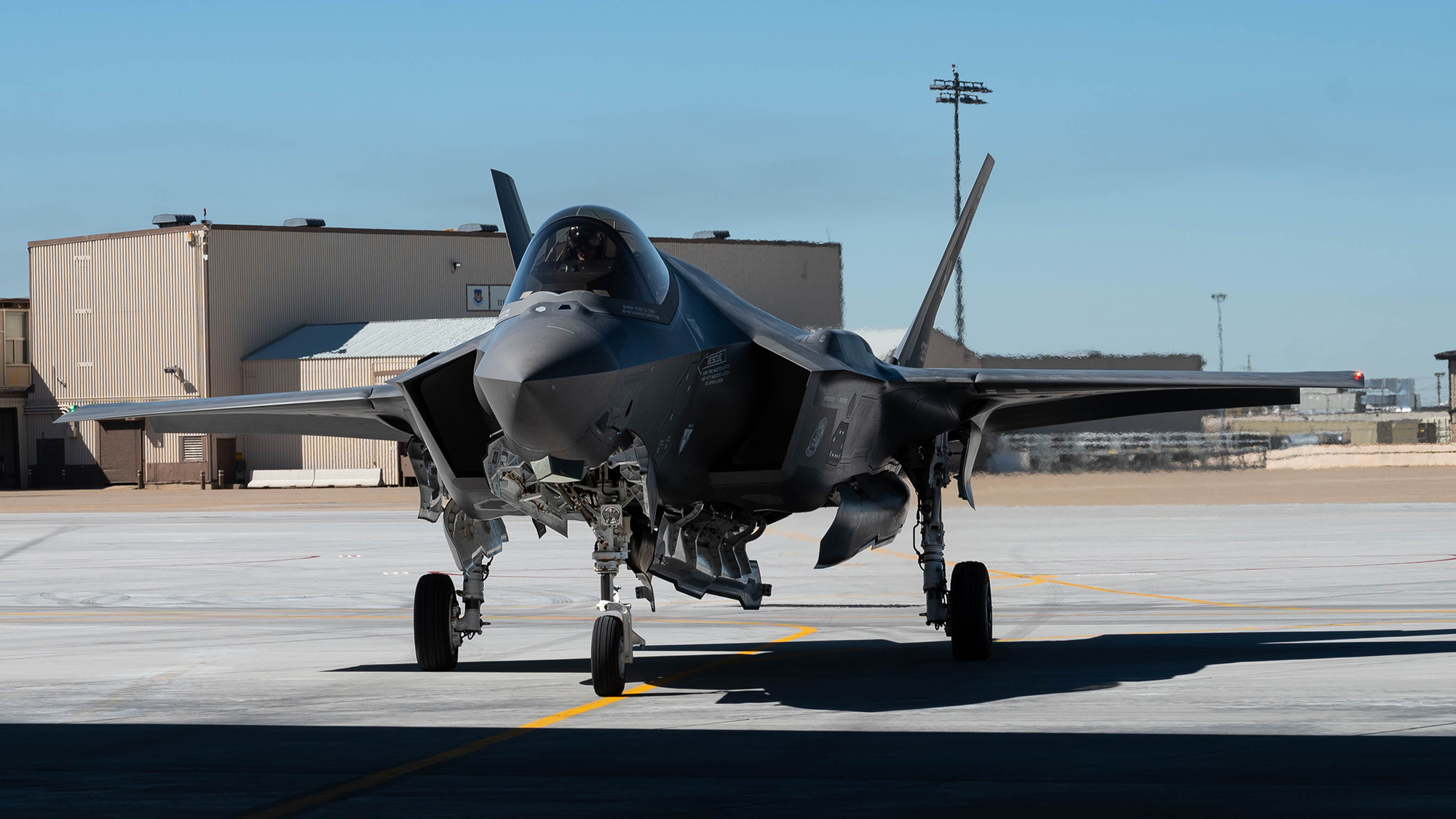

















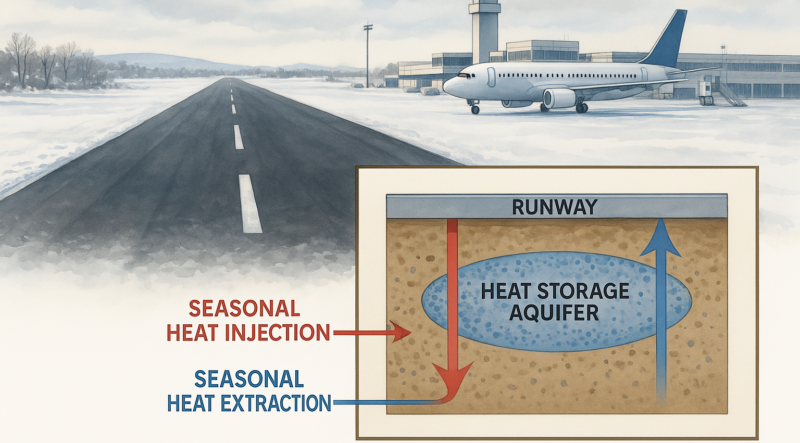






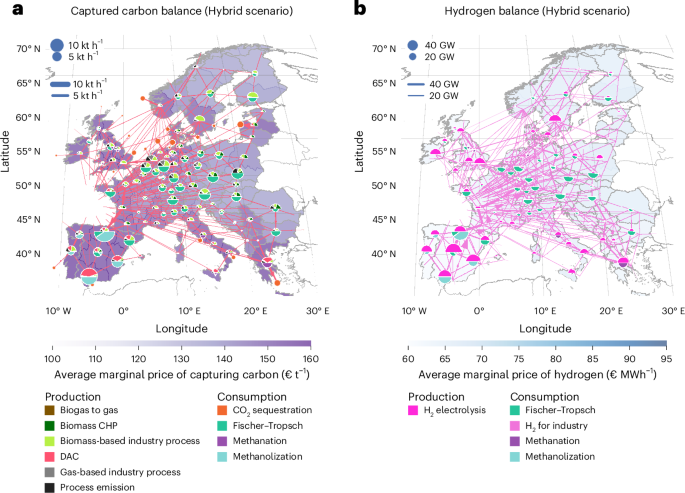
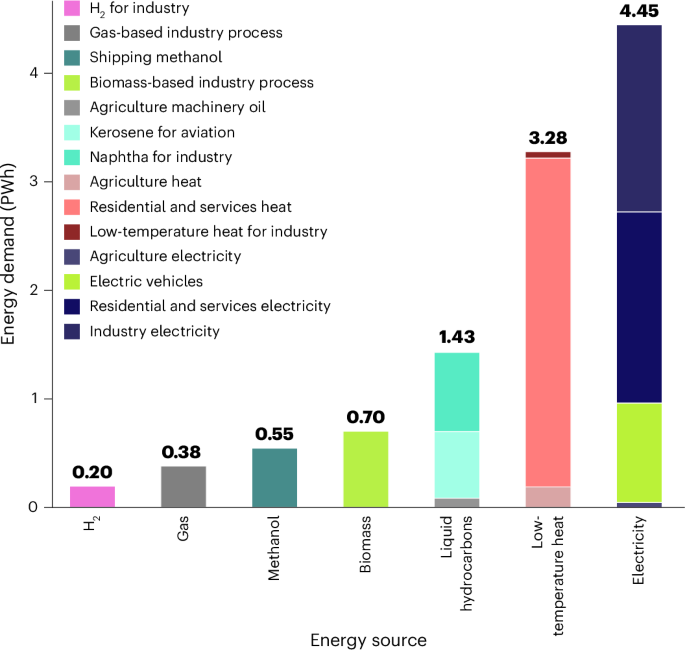
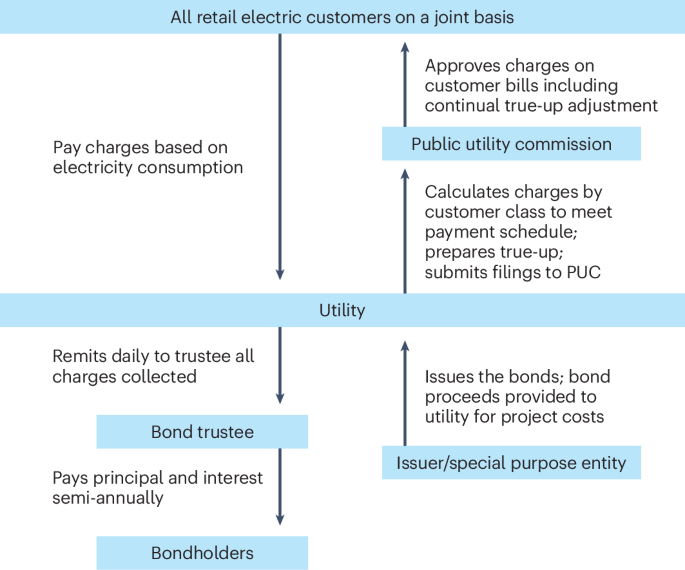










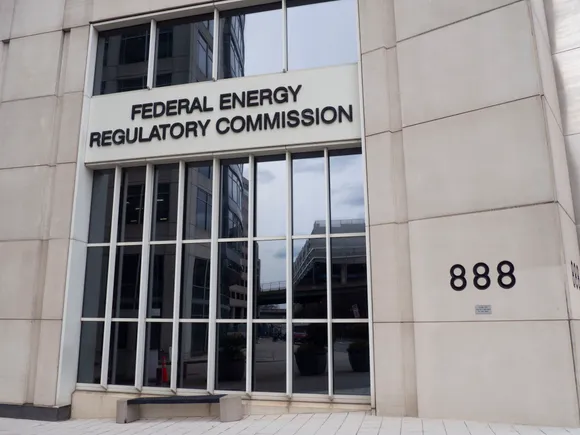
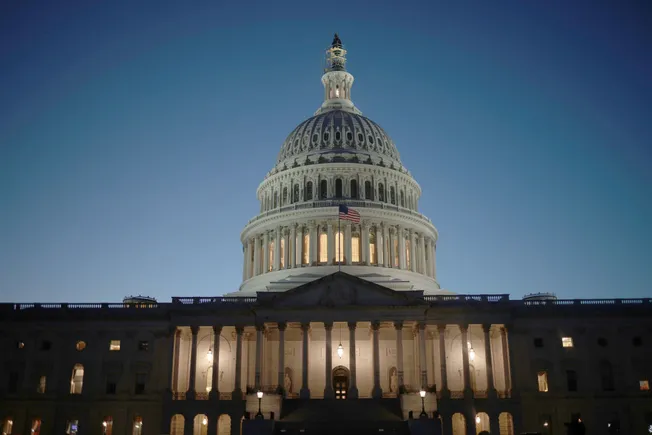
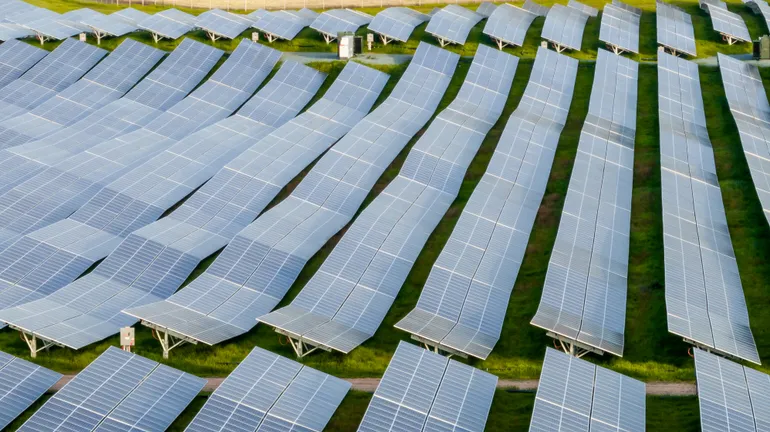





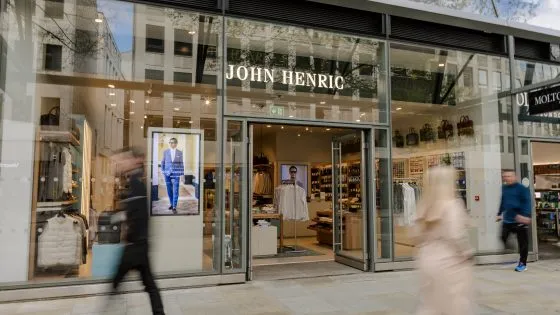


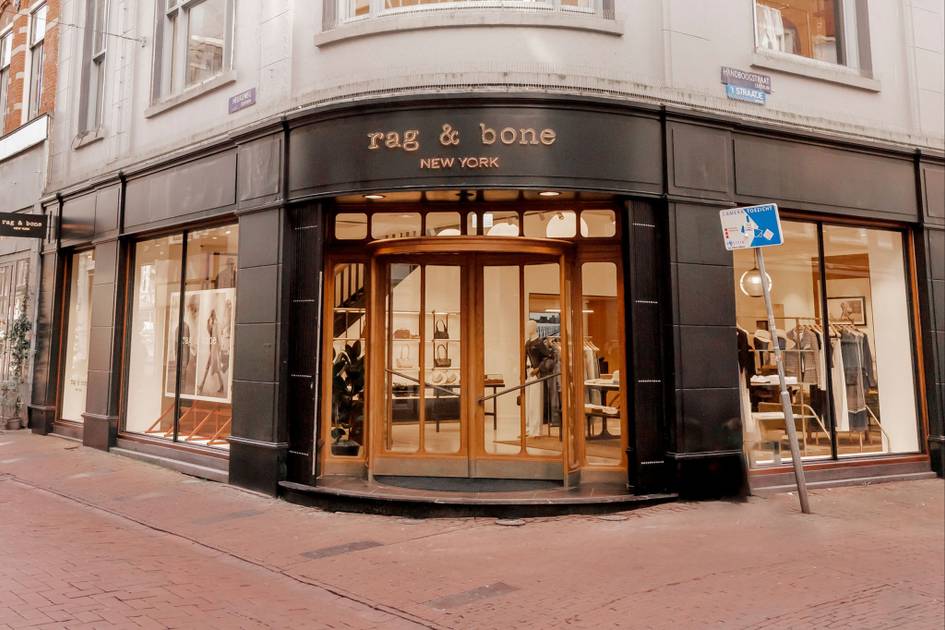

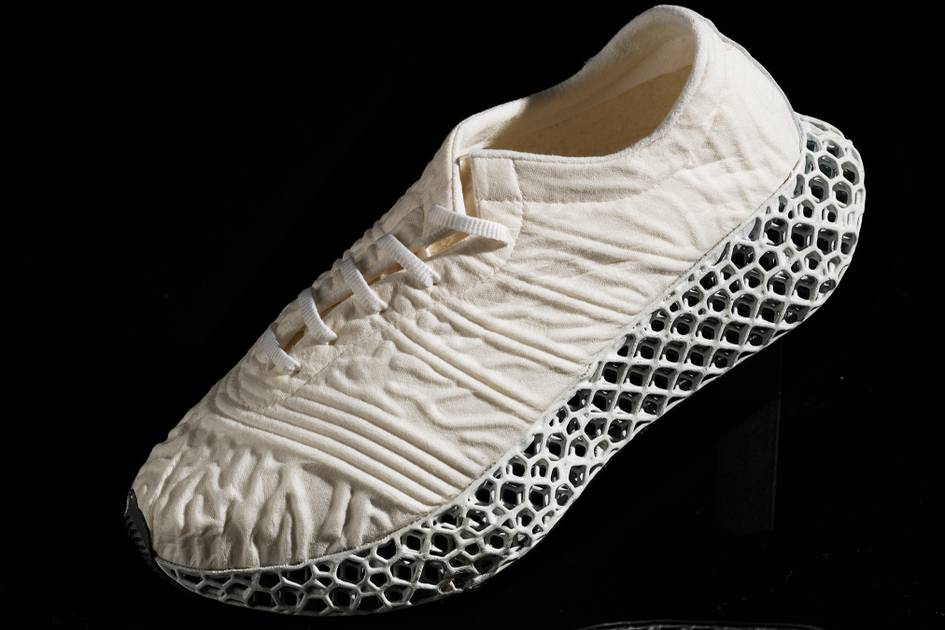
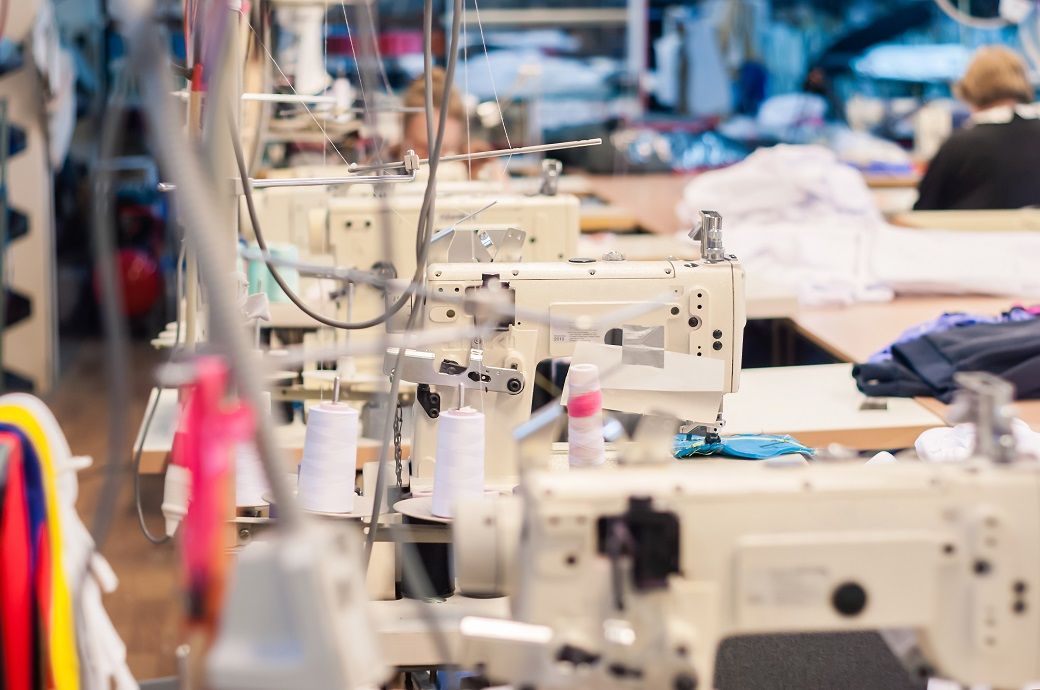

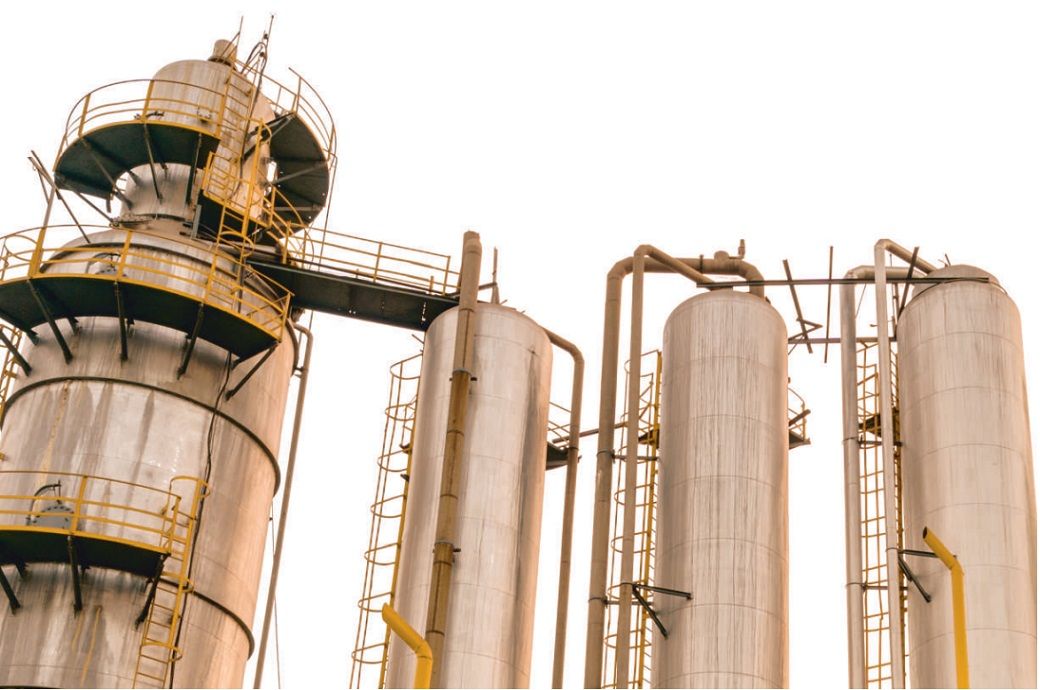








.png)


